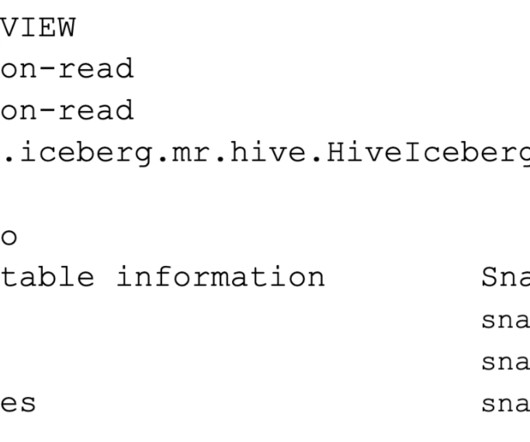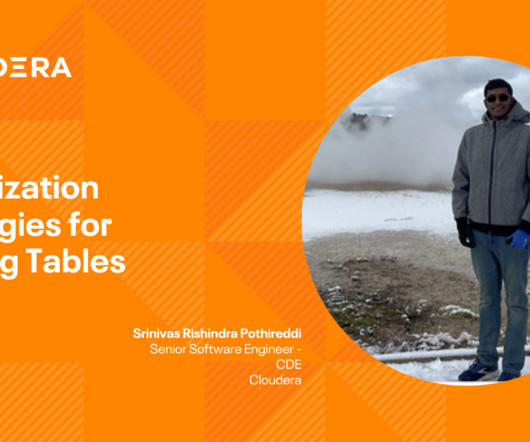Materialized Views in Hive for Iceberg Table Format
Cloudera
FEBRUARY 8, 2024
The snapshotId of the source tables involved in the materialized view are also maintained in the metadata. Subsequently, these snapshot IDs are used to determine the delta changes that should be applied to the materialized view rows. Furthermore, it is partitioned on the d_year column.














Let's personalize your content